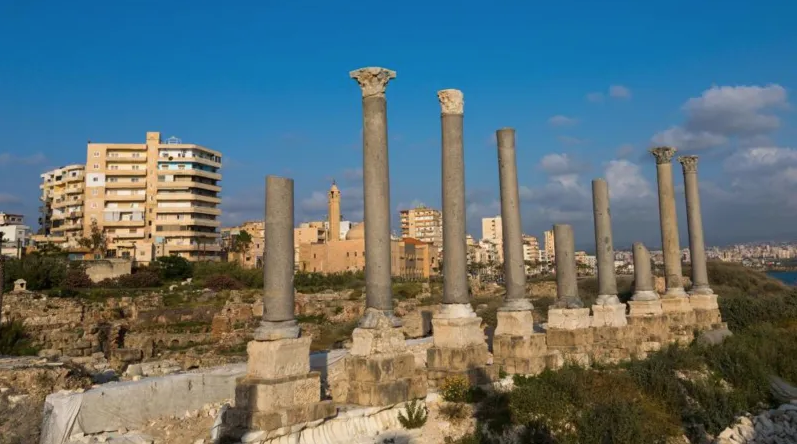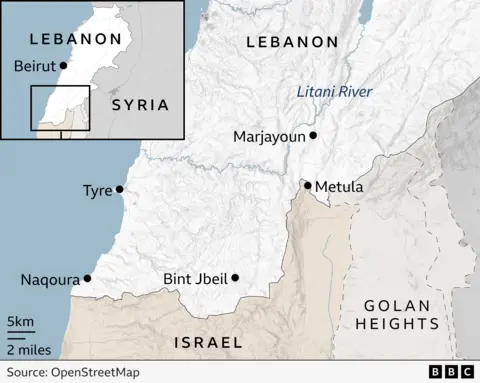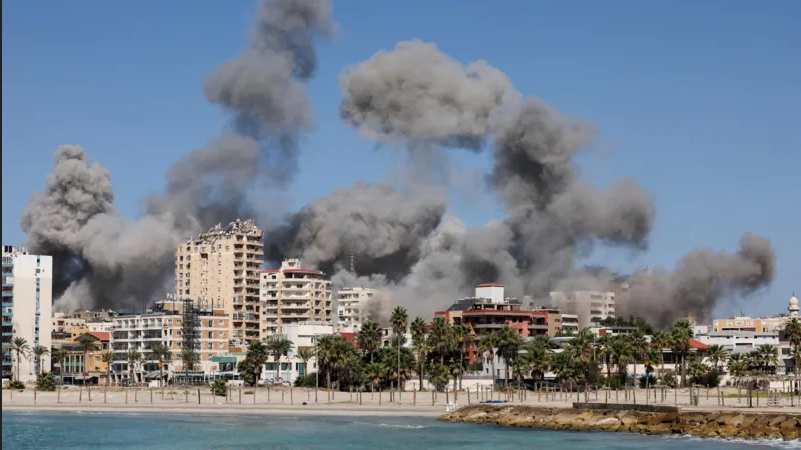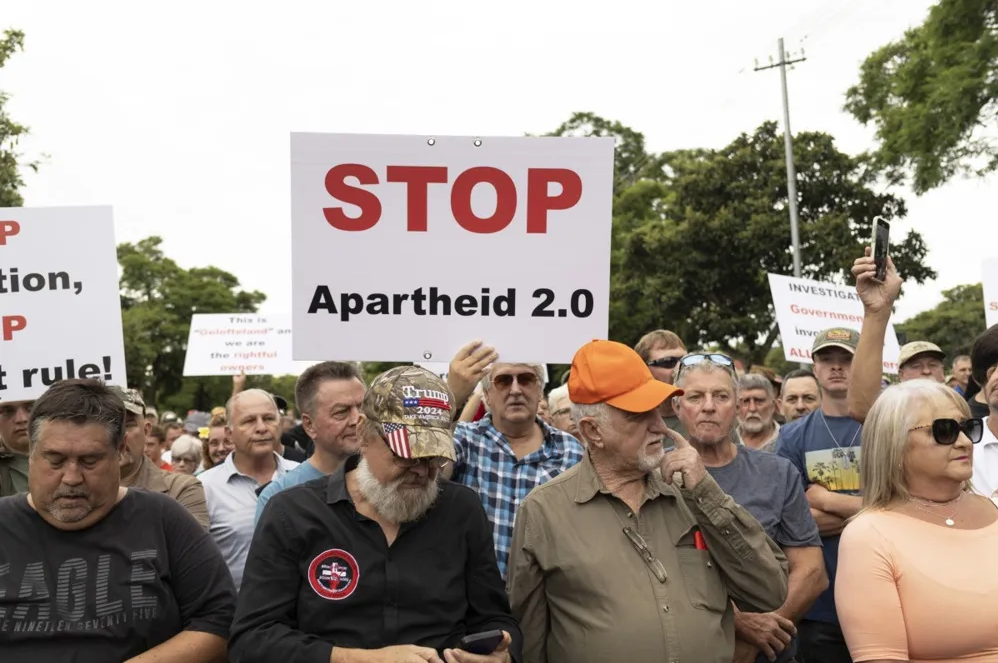Israel has carried out at least four air strikes on the historic Lebanese port city of Tyre, hours after expanding its evacuation orders to cover several central neighbourhoods, Lebanon’s state news agency says.
Videos showed huge clouds of black smoke rising from a seafront area that is only a few hundred metres from a Unesco World Heritage-listed Roman ruins. There were no immediate reports of any casualties.
The Israeli military earlier warned civilians to leave, saying it was going to act “forcefully” against the armed group Hezbollah there.
Tens of thousands of residents had already fled the city in recent weeks in response to Israel’s intense air campaign and ground invasion.
But before the strikes began a spokesman for a disaster management unit said about 14,000 people were still living in the city, including those displaced from elsewhere in the south.
“You could say that the entire city of Tyre is being evacuated,” Bilal Kashmar told AFP news agency, adding that many people were heading towards the suburbs.

Overnight, Lebanese media reported that Israeli aircraft carried out multiple strikes on the southern suburbs of the capital Beirut, southern Lebanon and the Bekaa Valley – all areas where Hezbollah has a strong presence.
The Israeli military said the strikes in Beirut targeted weapons storage and manufacturing facilities, as well as command centres belonging to Hezbollah.
The military also said it had killed the Hezbollah sector commanders for the southern areas of Jibchit, Jouaiya, and Qana in air strikes over the past several days, and that its troops had killed about 70 Hezbollah fighters during operations inside southern Lebanon to dismantle the group’s infrastructure and weapons caches.
There was no immediate comment from Hezbollah.
However, the group did say its fighters had launched barrages of rockets into Israel on Wednesday, including one in the morning that targeted the Gilot intelligence base, which is north of the central city of Tel Aviv.
Rocket alert sirens sounded in Tel Aviv, prompting senior US officials travelling with Secretary of State Antony Blinken to be ushered to a safe room in their hotel. It is not known whether or not Blinken himself was also force to shelter.
Another rocket barrage hit two factory buildings in the northern Israeli towns of Acre and Kiryat Bialik, causing damage but no injuries.
Israel’s launched its full-scale military campaign against Hezbollah after almost a year of cross-border fighting sparked by the war in Gaza, saying it wanted to ensure the safe return of tens of thousands of residents of Israeli border areas displaced by rocket attacks.
Hezbollah began firing rockets into northern Israel in support of Palestinians on 8 October 2023, the day after its ally Hamas’s deadly attack on Israel.
More than 2,500 people have been killed in Lebanon since then, including 1,900 in the past five weeks, according to the country’s health ministry. Israeli authorities say 59 people have been killed in northern Israel and the occupied Golan Heights. – BBC

Stay informed with The Namibian – your source for credible journalism. Get in-depth reporting and opinions for
only N$85 a month. Invest in journalism, invest in democracy –
Subscribe Now!










